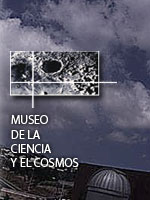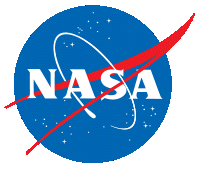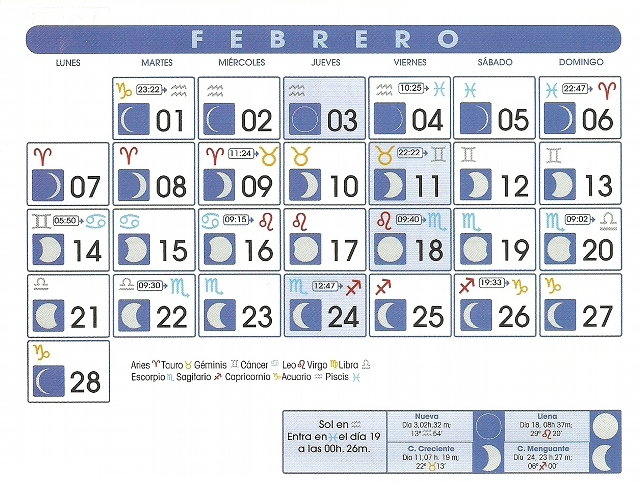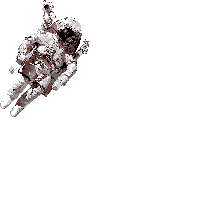
September 2010
What’s That Bright Star in the East?
It’s Jupiter rising big, bright, and lovely just south of the great square of Pegasus. The planet is much higher for northern observers than it has been for several years, and it lies close to the celestial equator so it’s well placed for observers all over the world. The planet reaches opposition on September 21 and presents a stunning disk that spans some 49 arc-seconds. Which means in a telescope at 40x, Jupiter has an apparent diameter as large as the full Moon appears to the unaided eye (if I did the math right…)
In binoculars, you’ll see the four brightest moons of Jupiter. In a telescope, you’ll see the moons too, along with dark belts and bright zones across the planet’s disk. And though the southern Equatorial Belt is still missing (see image above), it may return at any time! So keep a lookout… when the belt reappears, it will do so suddenly. More on this later in the month…
And a bonus… the planet Uranus hangs tight with Jupiter all month. On September 17-18, the two planets are less than a degree apart, so you can nearly fit the two planets into the same field of view of a low-to-moderate power eyepiece. Uranus looks star-like at low mag. But pump up the power to 100x or more, and you’ll see the planet’s tiny pale-grey disk.
What’s That Bright Star in the West?
While Jupiter puts on a good show for telescopic observers, no optics are required to see the star Spica and the planets Mars and dazzling Venus in the western sky. They all move about low on the horizon after sunset this month. On September 4-5, all three are within 4 degrees of each other. And on the 11th, the crescent Moon joins the show.
If you’re keen to see Saturn and Mercury this month, then I have bad news. Both are lost in the Sun’s glare.
What’s That Bright Star in the North?
After midnight, northern-hemisphere observers may see a madly-twinkling star in the northeastern sky. That is the star Capella in the constellation Auriga. It will take its place in the northern winter sky by year’s end.
What’s That Bright Star in the South?
Northern-hemisphere observers will also notice a single bright star in the south. That’s Fomalhaut in the constellation Piscis Austrinus. In 2008, this star was the first to reveal to the Hubble Space Telescope an extra-solar planet at visible wavelengths.
In the southern hemisphere, Fomalhaut is nearly overhead.
Where’s the Moon?
Moon phases this month…
Last Quarter: September 1, 6:22 UT
New Moon: September 8, 11:30 UT
First Quarter: September 15, 6:50 UT
Full Moon: September 23, 10:17 UT
September 18 also marks the first ever International Observe the Moon Night. Events are planned all over the world. Check here to see if there’s anything going on near you…
Equinox
The September Equinox occurs at 4:52 a.m. Universal Time on September 23. Welcome to spring in the southern hemisphere, and autumn (sigh) in the north. Summer was nice while it lasted…
(Info One-minute astronomer)






.gif)


.gif)



